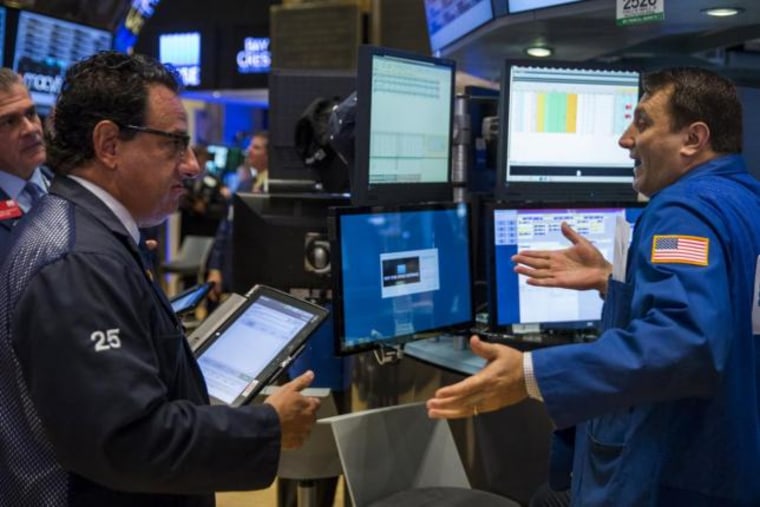European stocks and bond yields dropped on Monday and the dollar hit a six-week low after President Donald Trump began his term in office with a protectionist speech that pushed a nervous market into safe-haven assets.
World stocks hit multi-year highs earlier this month on expectations Trump would boost growth and inflation with extraordinary fiscal spending measures. However, his inaugural address on Friday saw investors retreat to the safety of higher-rated government bonds as the new president signaled an isolationist stance on trade and other issues.

He also made it clear that he plans to hold talks with the leaders of Canada and Mexico to begin renegotiating the North American Free Trade Agreement.
"The focus this morning is on the protectionist rhetoric and the lack of detail on economic stimulus, so it's a nervous start (to the presidency)," said Investec economist Victoria Clarke.
"The other concern is how the Fed interprets Trump's stance, the worry being the less he does on fiscal stimulus the more nervous they may get on pushing the rate hikes through."
The U.S. Federal Reserve, which has indicated that it expects to raise its benchmark interest rate three times this year, is due to hold its next meeting on Jan. 31 and Feb. 1.
Rabobank analyst Michael Avery said a more protectionist United States could lead to a U.S. dollar liquidity squeeze, with Mexico and Asia likely the most badly hit.
"We would see outright confusion over what currency to invoice, trade, and borrow in," Avery said in a note.
The U.S. dollar fell 0.5 percent against a basket of six major currencies and as much as 1 percent against the Japanese yen.